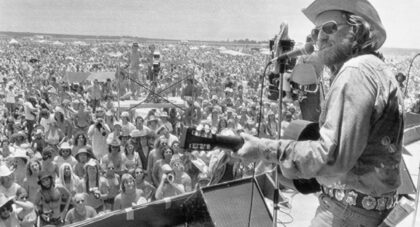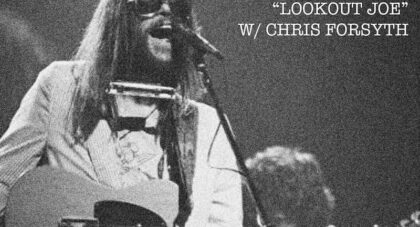If you’ve ever stepped foot on a skateboard, you’re in the club for life. For Toronto-based saxophonist Joseph Shabason, this revelation provided the inspiration for his latest project: a new album-length score for the classic 1996 skate video, Toy Machine’s Welcome To Hell. With the blessing of company founder, pro skater, and visual artist Ed Templeton (who also provided album art), Shabason’s Welcome To Hell is a passion project dating back to his formative childhood memories . . .
Only the good shit. Aquarium Drunkard is powered by its patrons. Keep the servers humming and help us continue doing it by pledging your support.
To continue reading, become a member or log in.


